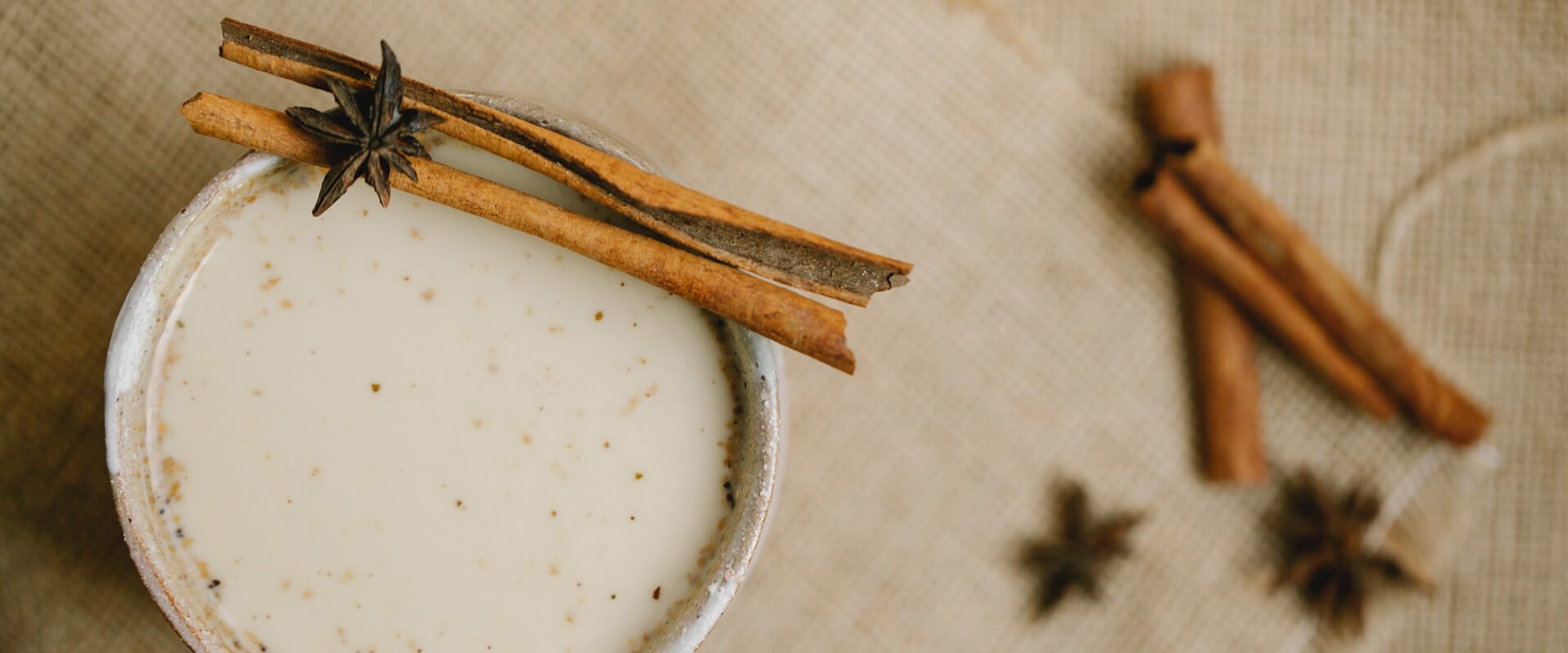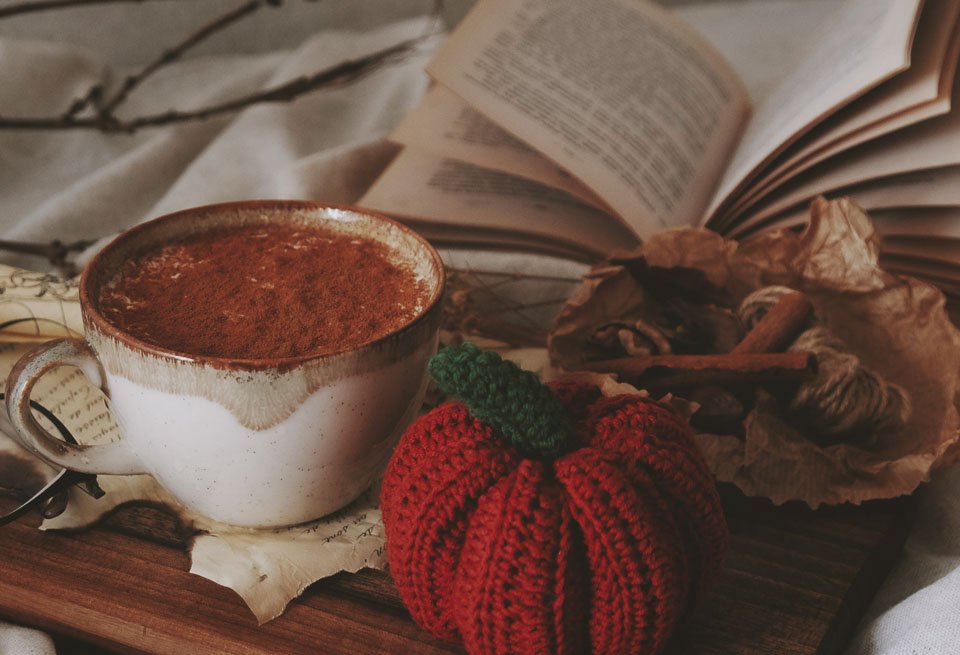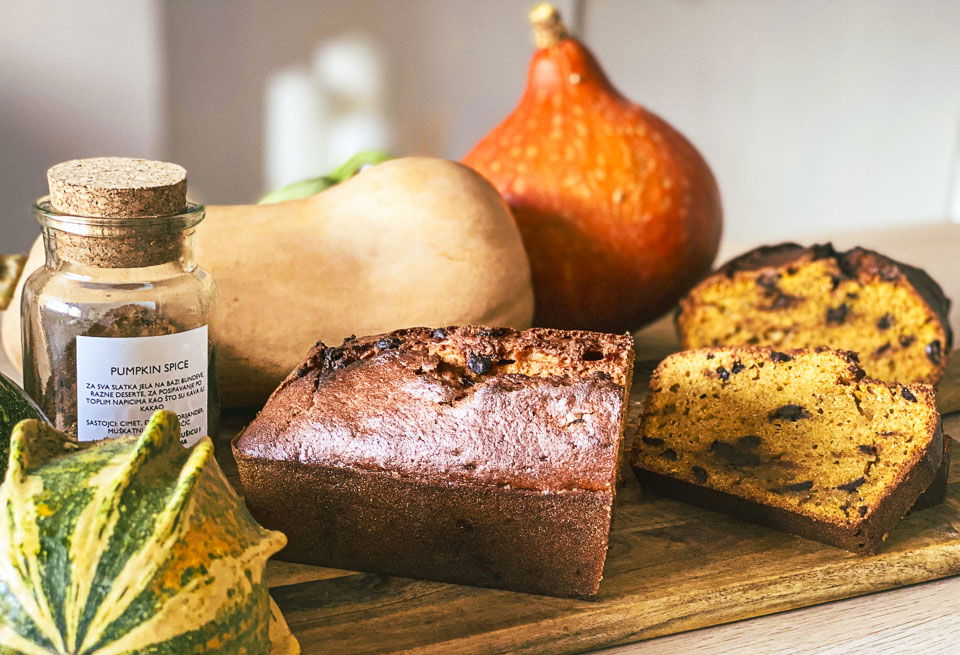
Chai Masala
 Wandering through the streets of India, amidst all the people, colors and noise around you, you will surely come across local vendors with small stalls called chai wallahs where they brew the famous Indian tea Masala Chai. Although this drink has only recently become popular in the western part of the world, it has been popular in India for millennia, and various variants have been passed down from generation to generation.
Wandering through the streets of India, amidst all the people, colors and noise around you, you will surely come across local vendors with small stalls called chai wallahs where they brew the famous Indian tea Masala Chai. Although this drink has only recently become popular in the western part of the world, it has been popular in India for millennia, and various variants have been passed down from generation to generation.
Today it is known that Chai Masala is made with black tea, but in the original recipes, it was prepared only with spices. Indians have always looked at black tea, which grows in the Assam region, as a medicine, until the British Empire decided to take over the tea monopoly from the Chinese. The British, who were already obsessed with black tea, slowly began to convert Indians by serving black tea in mines and factories through chai wallahs. Back then, black tea was expensive for an ordinary Indian, so "baristas" served it with milk, sweeteners, and karha, a mixture of spices known since ancient times in Ayurvedic medicine, which consists of green cardamom seeds, cinnamon, ginger, cloves and black pepper. Although it had already started to be loved, what broke it into the Indian market was a new type of black tea - CTC (eng. cut, tear, curl), a cheaper variant of the original Assam black tea that then became available to the masses.
This aromatic drink is the most popular way to start the day in India, it is often drunk at work at the local chai wallah, and like the British, it is also drunk in India in the afternoon after lunch. One of the reasons for this is that a mixture of these spices is used in Ayurvedic medicine to improve digestion, and over the last century it has found its place in Indian culture. When you come as a guest to an Indian household, instead of coffee, they will serve you Chai Masala and some of the famous delicacies like samosas and pakoras.
 When preparing this drink, it is recommended to use black Assam tea because, due to its strength, spices, milk and sweeteners will not take over the taste. The spices that represent the classic version of Chai Masala are ginger, cardamom, cinnamon, cloves and black pepper, but they often vary according to the region where they are made. Cardamom gives the drink its strong note, while cloves, ginger and black pepper add pepperiness. In Kashmir, in the north of India, green Gunpowder is used instead of black tea and almonds, cardamom, cinnamon, cloves and sometimes saffron are added. Spices that can also be found in Chai Masala include nutmeg, black cardamom, chili, coriander, rose and licorice root, and some add cumin or salt.
When preparing this drink, it is recommended to use black Assam tea because, due to its strength, spices, milk and sweeteners will not take over the taste. The spices that represent the classic version of Chai Masala are ginger, cardamom, cinnamon, cloves and black pepper, but they often vary according to the region where they are made. Cardamom gives the drink its strong note, while cloves, ginger and black pepper add pepperiness. In Kashmir, in the north of India, green Gunpowder is used instead of black tea and almonds, cardamom, cinnamon, cloves and sometimes saffron are added. Spices that can also be found in Chai Masala include nutmeg, black cardamom, chili, coriander, rose and licorice root, and some add cumin or salt.
In the recipe for classic Chai Masala, full fat cow's milk is most often used in a ratio of 1:2 or 1:4 with water, depending on the desired strength, and they are allowed to boil together. Condensed milk can be used instead of milk due to its density and to replace other sweeteners, and for those who do not drink milk, only water is sufficient. Spices and tea leaves can be added immediately, but also towards the end of cooking, so they are left inside a little longer to release their flavors.
Sweetening varies from person to person; traditional white sugar, Demerara sugar or honey are used, and coconut palm sugar is also a great choice, as well as sugar-free for those who want to enjoy a clean taste. Before serving, the tea is strained, and for a cold version of Chai Masala, a scoop of vanilla ice cream is added.
Chai Masala is appearing more and more often in cafes across America and Europe, so instead of a cup of coffee, try a cup of this iconic Indian drink and transport yourself to that magical country full of flavors and rich culture for at least one morning.

Latest Recipes
We bring you tried and tested recipes of our favorite dishes, culinary tips, and suggestions on how to best combine spices and ingredients for a complete sensory experience.

Pumpkin spice latte - The finest coffee with pumpkin flavor
Welcome the first days of autumn with the finest homemade pumpkin spice latte drink bursting with the scents and aromas of autumn.

Pumpkin spice and everything nice!
Intoxicating, aromatic, layered and warm!
